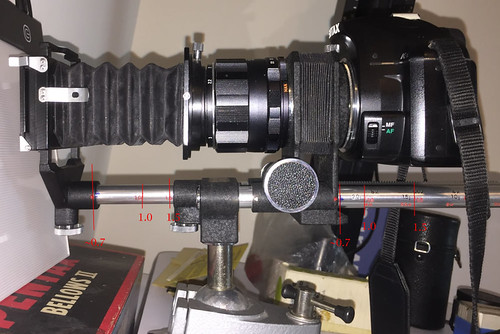Doddle
Established
I am still waiting on all parts to be delivered, but I plan to try microscope lenses on an APS body.. reason being that, much like enlarger lenses they are designed for flatness of field and resolution into the corners for a third the price of a Focotar-2 or 40mm Kaiser Schneider Componon HM (the two enlarger lenses I was looking at.)
It's going to take a while to figure out distances and what adapters/helicoids to use exactly to reach 1:1 with.
Anyone else out there looking at microscope RMS mount lenses, surely I'm not the first one to try this?
It's going to take a while to figure out distances and what adapters/helicoids to use exactly to reach 1:1 with.
Anyone else out there looking at microscope RMS mount lenses, surely I'm not the first one to try this?









